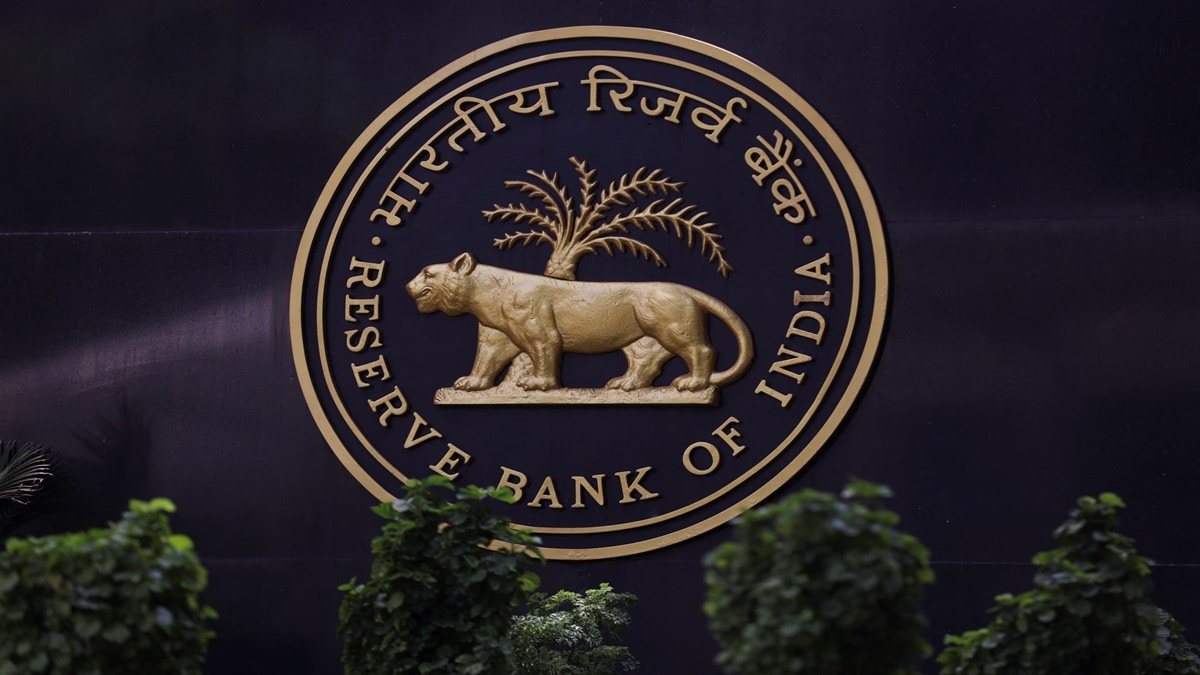RBI Governor Indicates Potential for Rate Cuts Amid Inflation Concerns

RBI Governor Sanjay Malhotra has indicated that the Reserve Bank of India (RBI) may consider reducing interest rates if inflation and economic growth continue to decline. In an interview with CNBC TV18, Malhotra noted that recent inflation data suggests a potential drop below the RBI’s full-year forecast of 3.7%. He emphasized that the central bank’s neutral monetary policy stance allows for flexibility in response to evolving economic conditions.
Inflation Trends and Economic Projections
Malhotra’s remarks follow the release of retail inflation figures, which showed a rate of 2.1% in June. The average inflation from April to June was recorded at 2.7%, slightly below the RBI’s estimate of 2.9%. Looking ahead, July’s inflation is anticipated to dip below 2%, with market analysts predicting that the annual inflation rate may stabilize around 3%. The governor highlighted that both inflation and growth are critical factors in shaping the RBI’s policy decisions. He stated, “Our primary mandate is price stability, but we also factor in growth,” underscoring the importance of considering various elements of inflation, including momentum and base effects, rather than focusing solely on the headline figure.
Data-Driven Approach to Monetary Policy
Malhotra reiterated the RBI’s commitment to a data-driven approach in its monetary policy. He explained that the central bank’s neutral stance allows for adjustments based on changing economic indicators. “If the inflation outlook shifts meaningfully, we can act,” he said, indicating that the RBI is prepared to revise its forecasts as new data emerges. The governor also mentioned that the market expects inflation to be around 3.3% for the fiscal year 2026, and the RBI will soon release its updated projections.
Real Interest Rates and Liquidity Management
In discussing real interest rates, Malhotra noted that the RBI takes into account both current and projected inflation. He referred to the concept of the “R Star,” a term used to describe the neutral real rate where monetary policy neither stimulates nor slows the economy. The RBI estimates India’s neutral real rate to be between 1.4% and 1.9%. He emphasized that the real rate serves as a guideline rather than a fixed target. Furthermore, Malhotra addressed liquidity management, stating that the RBI focuses on the call money rate, which closely aligns with the repo rate. He explained that recent variable rate reverse repo operations have effectively brought the call rate closer to the policy rate.
Understanding the CRR Cut
Malhotra also clarified the rationale behind the recent cut in the Cash Reserve Ratio (CRR). He described the CRR as a monetary policy tool rather than a prudential measure, noting that it has been utilized sparingly over the years. The RBI has only adjusted the CRR by 1 percentage point out of a 4% buffer over the past 12 to 13 years. This careful management reflects the central bank’s strategic approach to maintaining economic stability while responding to changing financial conditions.
Observer Voice is the one stop site for National, International news, Sports, Editor’s Choice, Art/culture contents, Quotes and much more. We also cover historical contents. Historical contents includes World History, Indian History, and what happened today. The website also covers Entertainment across the India and World.
Follow Us on Twitter, Instagram, Facebook, & LinkedIn

